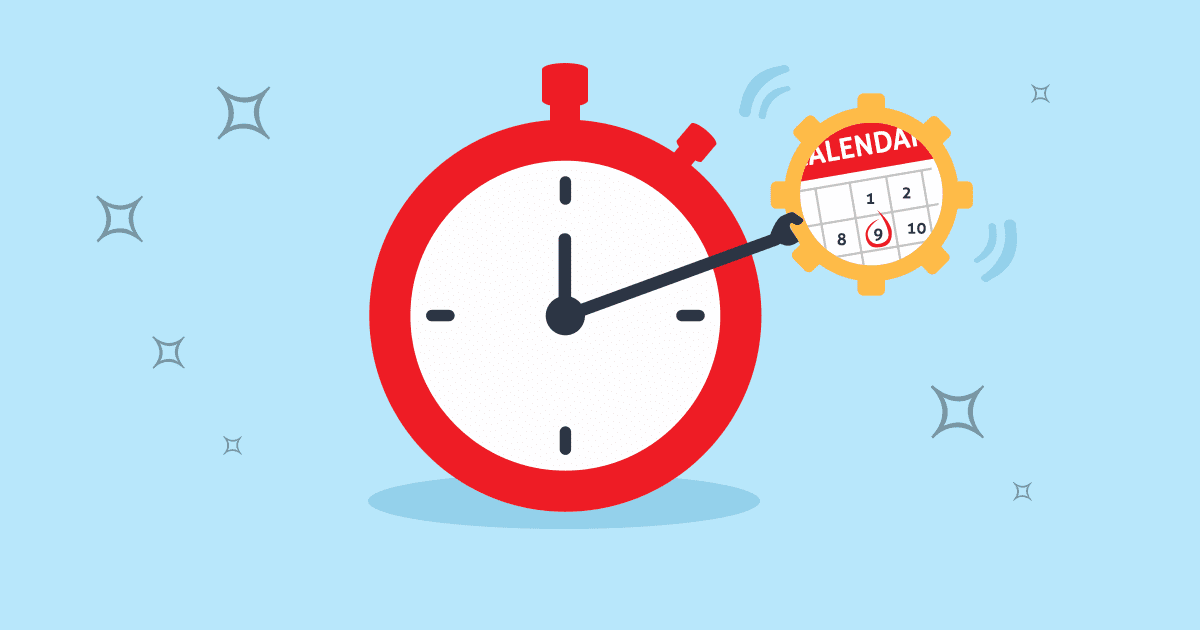As an event planner, you focus on location, speakers and vendors designed to pull attendees to a conference or trade show, but what about networking opportunities? Inc. suggests that networking is one of the top reasons people go to these events. It’s a chance to meet people and share experiences. They are more likely to remember that crazy guy that made them laugh and the potential new client than who the keynote speaker was or the focus of each workshop.
Event planning is about leveraging the social side of it as much anything else. Sure, who’s speaking is important, but what participants do between each session is just as critical. Consider some ways you can fit networking into that busy event schedule.
Why Worry About Networking?
Networking is a bit of buzz word these days, but what’s the point? It’s about making connections and opening doors. Some of that happens naturally during sessions and workshops, but it is easy for an event planner to lose sight of how important these connections are, especially at conferences or industry trade shows.
Creating staged networking opportunities makes the conference stand out in the minds of the attendees. It’s what they will remember when it comes time to sign up for the next association event. As the event planner, you can’t afford to underestimate the power of networking.
Staging Networking Opportunities
Start by evaluating the needs of the target audience and the size of the event. A small group might enjoy a sit-down dinner that gives them time to get to know one another. For larger events, something freestyle that pulls attendees into one area and encourages them to mingle is more appropriate.
The next step is to create the environment. Investigate what areas in the venue might serve to promote networking. Is there a bar or cafe style room? Can you set something up?
Look for:
- Size — You don’t want the space to be too crowded.
- Comfort — There should be some comfortable seating available to encourage relaxation.
- Location — The networking stage should be easy to find from anywhere.
- Refreshments — It’s a nice touch to add some refreshments even if you don’t have a full meal planned. Snacks and drinks are fine. A lite menu will help keep the participants fueled during the day, too.
You might even consider setting up a number of small networking areas within a large event to make it feel more intimate.
Create Table Top Discussions to Encourage Conversation
This can be done in a variety of ways. You might put tables in staging areas that have card prompts for discussions and let the participants choose their favorite topic. The goal is to get them talking about subjects that matter to them like their favorite video game or the last app they downloaded.
Give Attendees Name Badges
It’s a little old-school, but a very effective way of breaking the ice. Make the badges easy to read and comfortable to wear. The name should be in large print, too, so there is no awkward lean-in to read it. Badges can include things like a QR code for easy sign-ins or contact sharing.
Ask Speakers to Include Networking in Each Session
It might be a table rotation midpoint or something smaller like “turn around and say hi to the person next to you.” The point is to get them acquainted with others during the session and, hopefully, they will keep talking afterward.
Make a Social Game Out of It
Think about adding interesting touches to the event app like people matching, location check-ins and activity feeds to allow attendees to discuss and comment on what they are experiencing at the conference.
Including Networking in the Event Marketing
Be sure to mention the networking possibilities as you promote the event, especially if you stage a specific function like a cocktail party. The idea of making connections might pull in any potential attendees who are on the fence about registering. Work the word networking in on all promotions for an association event, conference or trade show as a reminder, too.
Use push notifications and the event app to encourage people to attend staged networking opportunities and to remind them to take a few minutes after a session to make connections. List networking several times on the event schedule both in marketing material and on the app. For instance, you might schedule freestyle networking for 30 minutes after each session or before major workshops.
Take the Networking Online
Event planners can facilitate better connections by creating an online community related to the event. You would launch the community several weeks prior to the conference and keep it going long after to entice attendees to stay in touch. Work with the sponsors to encourage participation — perhaps raffle a prize and have them sign up online through the event app.
Networking starts with the event planner. It’s up to you to find ways to get them connected. It is the one thing that will make this year’s event valuable and fun enough to want to do it again. It starts with a few marketing tricks and the Expo app to keep them talking.



